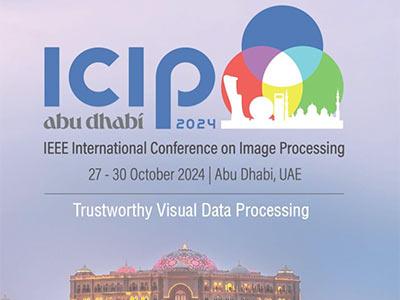
- Read more about On the exploitation of DCT-traces in the Generative-AI domain
- 1 comment
- Log in to post comments
Deepfakes represent one of the toughest challenges in the world of Cybersecurity and Digital Forensics, especially considering the high-quality results obtained with recent generative AI-based solutions. Almost all generative models leave unique traces in synthetic data that, if analyzed and identified in detail, can be exploited to improve the generalization limitations of existing deepfake detectors.
- Categories:
 44 Views
44 Views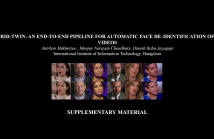
- Read more about RID-TWIN-Supp
- Log in to post comments
Supplementary material for RID-TWIN: AN END-TO-END PIPELINE FOR AUTOMATIC FACE DE-IDENTIFICATION IN VIDEOS
- Categories:
 15 Views
15 Views
- Read more about Cloud Detection
- Log in to post comments
This document contains supplementary material which outlines key aspects regarding the dataset creation process, along with the methodology employed for benchmarking state-of-the-art deep leaning models. We aim to provide a clear and comprehensive overview, thus dividing the topic into six fundamental points. Beginning with point one, we delve into the method of data collection and organization, elucidating how the data can be interpreted and utilized. This section is crucial for understanding the origin and nature of the data comprising our dataset.
- Categories:
 13 Views
13 Views

- Read more about 3DLaneFormer: Rethinking Learning Views for 3D Lane Detection
- Log in to post comments
Accurate 3D lane detection from monocular images is crucial for autonomous driving. Recent advances leverage either front-view (FV) or bird’s-eye-view (BEV) features for prediction, inevitably limiting their ability to perceive driving environments precisely and resulting in suboptimal performance. To overcome the limitations of using features from a single view, we design a novel dual-view cross-attention mechanism, which leverages features from FV and BEV simultaneously. Based on this mechanism, we propose 3DLaneFormer, a powerful framework for 3D lane detection.
- Categories:
 54 Views
54 Views
Multi-class multi-instance segmentation is the task of identifying masks for multiple object classes and multiple instances of the same class within an image. The Segment Anything Model (SAM) is a new foundation model designed for promptable multi-class multi-instance segmentation. SAM is able to segment objects in any image using a pre-defined point grid as an input prompt in the ``everything'' mode. However, out of the box SAM tends to output part or sub-part segmentation masks (under-segmentation) in different real-world applications.
- Categories:
 21 Views
21 Views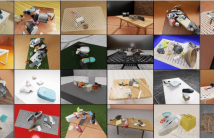
- Read more about SynTable: A Synthetic Data Generation Pipeline for Unseen Object Amodal Instance Segmentation of Cluttered Tabletop Scenes (Supplementary Materials)
- Log in to post comments
In this work, we present SynTable, a Python-based dataset generator built using NVIDIA's Isaac Sim Replicator Composer for generating high-quality synthetic datasets for unseen object amodal instance segmentation of cluttered tabletop scenes. Our tool renders complex 3D scenes containing object meshes, materials, textures, lighting, and backgrounds. Metadata, including modal and amodal instance segmentation masks, occlusion masks, depth maps, and bounding boxes can be automatically generated based on user requirements.
- Categories:
 20 Views
20 Views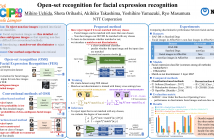
We address distinguishing whether an input is a facial image by learning only a facial-expression recognition (FER) dataset.
- Categories:
 34 Views
34 Views
We address distinguishing whether an input is a facial image by learning only a facial-expression recognition (FER) dataset.
- Categories:
 17 Views
17 Views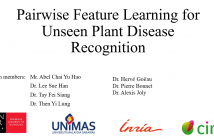
- Read more about Pairwise Feature Learning for Unseen Plant Disease Recognition
- Log in to post comments
With the advent of Deep Learning, people have begun to use it with computer vision approaches to identify plant diseases on a large scale targeting multiple crops and diseases. However, this requires a large amount of plant disease data, which is often not readily available, and the cost of acquiring disease images is high. Thus, developing a generalized model for recognizing unseen classes is very important and remains a major challenge to date. Existing methods solve the problem with general supervised recognition tasks based on the seen composition of the crop and the disease.
- Categories:
 17 Views
17 Views